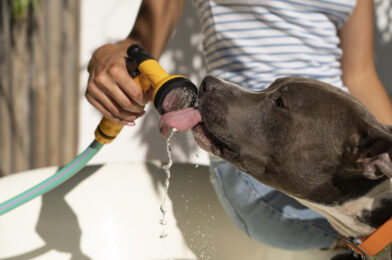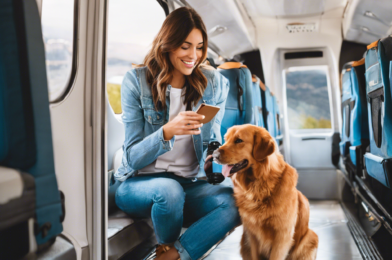Adopting a furry friend from your local animal shelter is not just a heartwarming decision; it’s also one of the most responsible and rewarding choices you can make as a pet owner. Shelters are brimming with animals in need of loving homes, and opening your heart to one of these pets comes with numerous advantages, not only for you but also for the community at large. Here’s why opting to adopt from a shelter should be your first choice when considering a new pet.
The joy of pet ownership begins with the adoption process itself. When you visit a shelter, you’ll often encounter a dedicated staff and volunteers who are passionate about finding the perfect match between pets and adopters. They will guide you through the process, providing valuable insights into the personalities and histories of the animals available. This personalized approach ensures that you find a pet whose temperament and energy level align with your lifestyle, setting the stage for a harmonious relationship.
By adopting from a shelter, you are saving lives. Shelters often operate at capacity, and every adoption makes room for another animal in need. You’re not just gaining a pet; you’re becoming a part of a community of rescuers who believe in giving these deserving animals a second chance. This act of compassion not only benefits the pet you adopt but also enables shelters to continue their vital work in rescuing and rehabilitating animals.
Additionally, shelter pets often come with a wealth of advantages. Many are already house-trained and may know basic commands, making the transition into your home smoother. Shelters also provide comprehensive medical care, ensuring that adopted pets are vaccinated, spayed or neutered, and treated for any health issues. This level of care can save you considerable veterinary expenses compared to purchasing a pet from other sources.
Choosing to adopt from a shelter also supports the ethical treatment of animals, promoting a culture of kindness and respect. You become an advocate for animal welfare, inspiring others to consider adoption over purchasing from breeders or pet stores.









